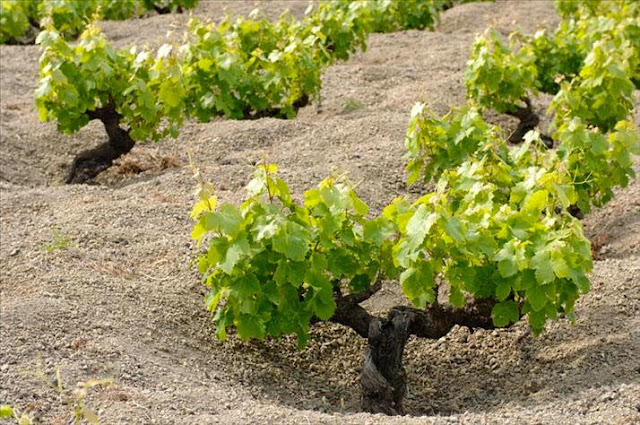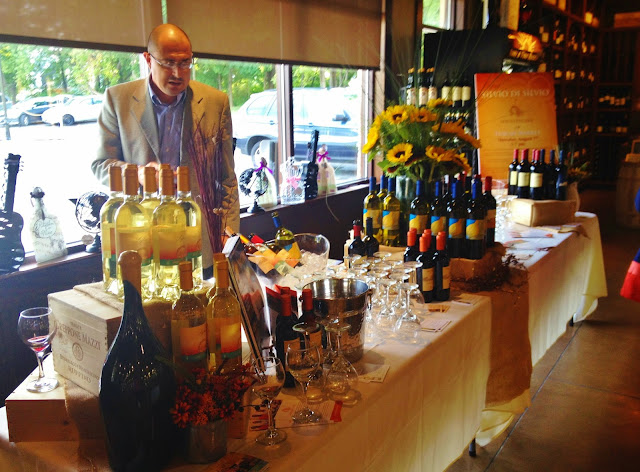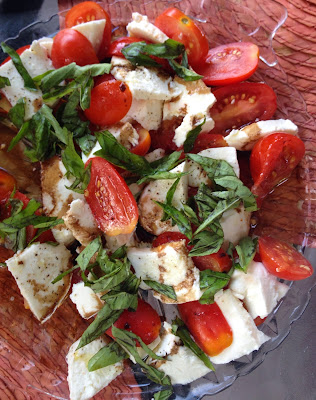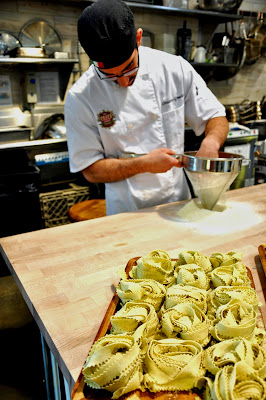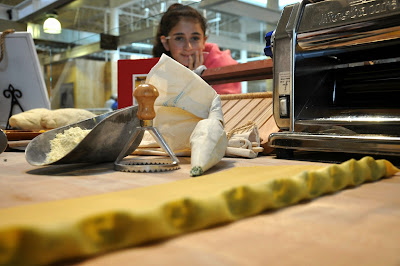Late last week I sampled a variety of Italian wines that I mentioned in an earlier blog this week with a lineup of wines from Vinilandia's portfolio at The Wine Steward. The wines we tried included:
- 2012 Cappella Saint Andrea Vernaccia di San Gimignano
- 2011 Tola Grillo Sicilia IGT (I wrote about this earlier in the week)
- 2007 Luigi Baudana Dolcetto d'Alba Piedmont
- Villa di Corlo “Giaco di Viano” Rosso Emilia, Emilia-Romagna
- Scagliola Primo Bacio Moscato d'Asti Piedmont
My favorite wine from the whole tasting was the Luigi Baudana Dolcetto d'Alba. The owners Luigi Baudana and his wife Florina reside in the Serralunga d'Alba part of the Langhe section in the Piedmont region. In 2009 G.D. Vajra family took over the family history of winemaking in the Baudana family. The dolcetto d'Alba was a beautiful medium bodied wine, soft tannins and a nice acidic backbone following by some juicy black fruit with a little bit of spiciness.
 |
| Dolcetto |
Vinilandia recommends some veal chops, game hen or some wild mushroom ravioli to food pair with it. When you're looking to pair food with wine think of food from that region the wine is from or search for what foods are from that region online. It's the best way! On September 13th I will be sharing with you a wine and food pairing group I belong to with our theme of the month, which is regional wine and food pairings. I will be featuring the Piedmont region of Italy. With Italy there are so many great food and wine regions so it's hard to chose, but I am a big fan of Piedmont and I don't think it gets the recognition that it is due.
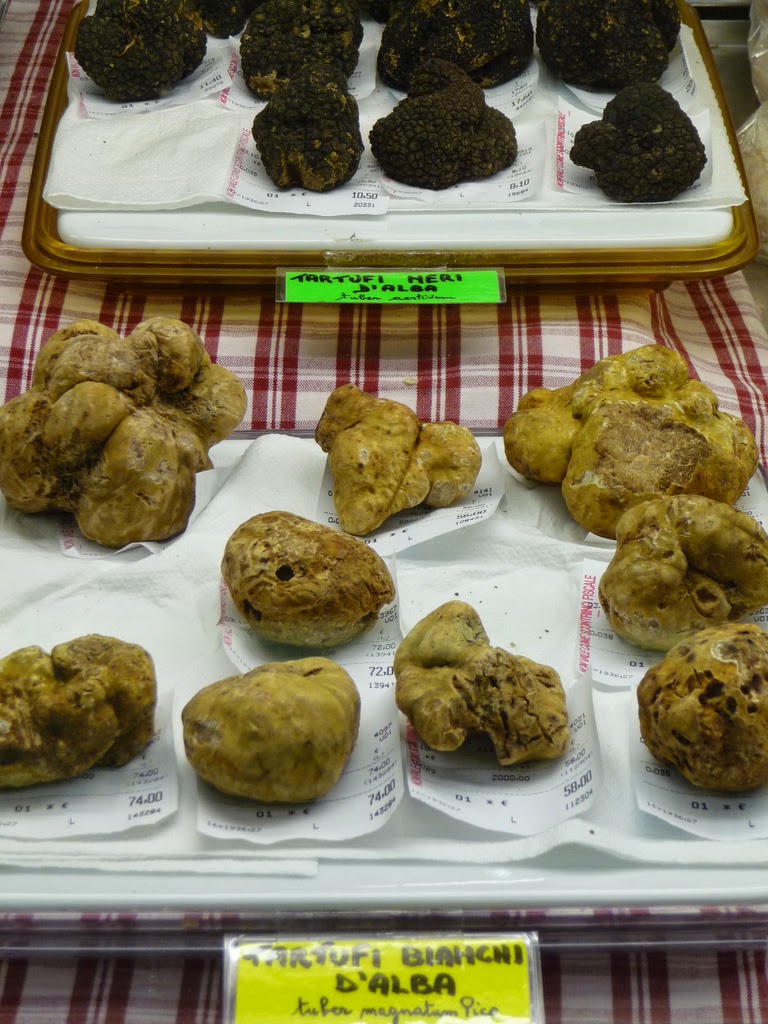 |
| Truffles |
If you aren't familiar with dolcetto it is one of the most popular red grapes of the Piedmont wine region in Italy along with nebbiolo and barbera. Dolcetto, meaning “sweet little one”, is mostly enjoyed in its youthfulness. It's a deeply purplish hued wine that is typically very accessible with plump juicy fruit. Dolcetto d'Alba comes from the town of Alba. It became a DOC in 1974, but there are 7 other DOC's with dolcetto including:
- dolcetto d'Asti
- dolcetto d'Alba
- dolcetto di dogliani
- dolcetto di diano di Alba
- dolcetto d'acqui
- dolcetto delle langhe monregalesi
- dolcetto di ovada
I've had some really great dolcetto's from a few of these regions and for your first red wine as an introduction to the region of Piedmont a dolcetto or barbera is a great way to start. Don't miss out on their whites as well. We'll cover that some more in the future. Have a great holiday weekend and try lots of wine!
On your next voyage to Italy, hopefully Piedmont, make sure to use this beautiful and detailed map.










